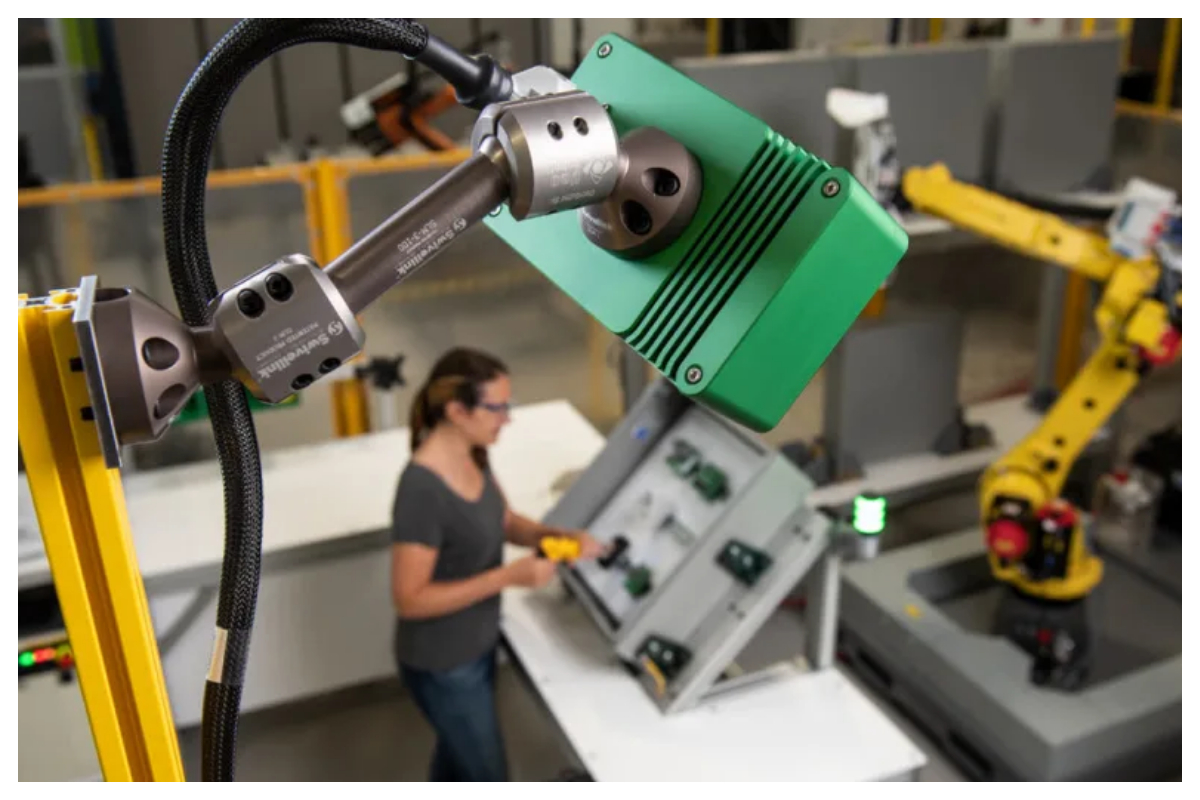- we now have extremely powerful robotic systems.
- 80% of U.S. warehouses have no automation.
- we advance from “automation to autonomy,”
People and robots have always had trouble collaborating. Veo Robotics co-founder Clara Vu and Robust.ai founder Rod Brooks attended TC Sessions: Robotics to discuss human-robot interaction (formerly of iRobot and Rethink Robotics).
Although we now have extremely powerful robotic systems, their worlds are still relatively restricted. As we advance from “automation to autonomy,” Clara added, we gain capabilities and complexity.
“We’re transitioning… from robotic systems that perform what they’re taught to systems with greater autonomy and knowledge,” she added. “My company’s technology wasn’t conceivable five years ago since the sensors and CPUs we utilise didn’t exist. As we have better sensors and greater processing power, we can, as you stated, better comprehend our environment and boost robotic performance.
Brooks stressed the intricacy of his company’s “no-code” warehousing technologies.
He added, “We have loads of code; consumers don’t.” “80% of U.S. warehouses have no automation, when a conveyor belt counts. 80% lack that. We’re attempting to put intelligent robots in there, but they have no experience with them.
Brooks views the continuous march of computing advancement giving way to a more creative period as a shift to the broader ecology.
“I’ve said that computer architecture is in its golden period. Moore’s Law has been followed since 1965. They understood they had to quadruple speed, memory, etc. on this day or their competition would beat them. So they couldn’t be creative “Explanation “With Moore’s law ending, they’re doing new and bizarre things. This was impossible two years ago. Computer architecture is changing.”
That may be good, since the things robots are required to perform are growing stranger, depending more on AI that isn’t adequate to the job.
“The more uncontrollable the environment and the more varied the goal, the harder robotics challenges grow,” stated Vu. “So a simple activity in a fixed context becomes AI complete in an unstructured outside environment. It’s not slightly tougher. It’s not as simple as having this now and that later. It may take decades.”
[embedpost slug=”nasa-plans-to-launch-aquatic-robots-into-orbit/”]





















